

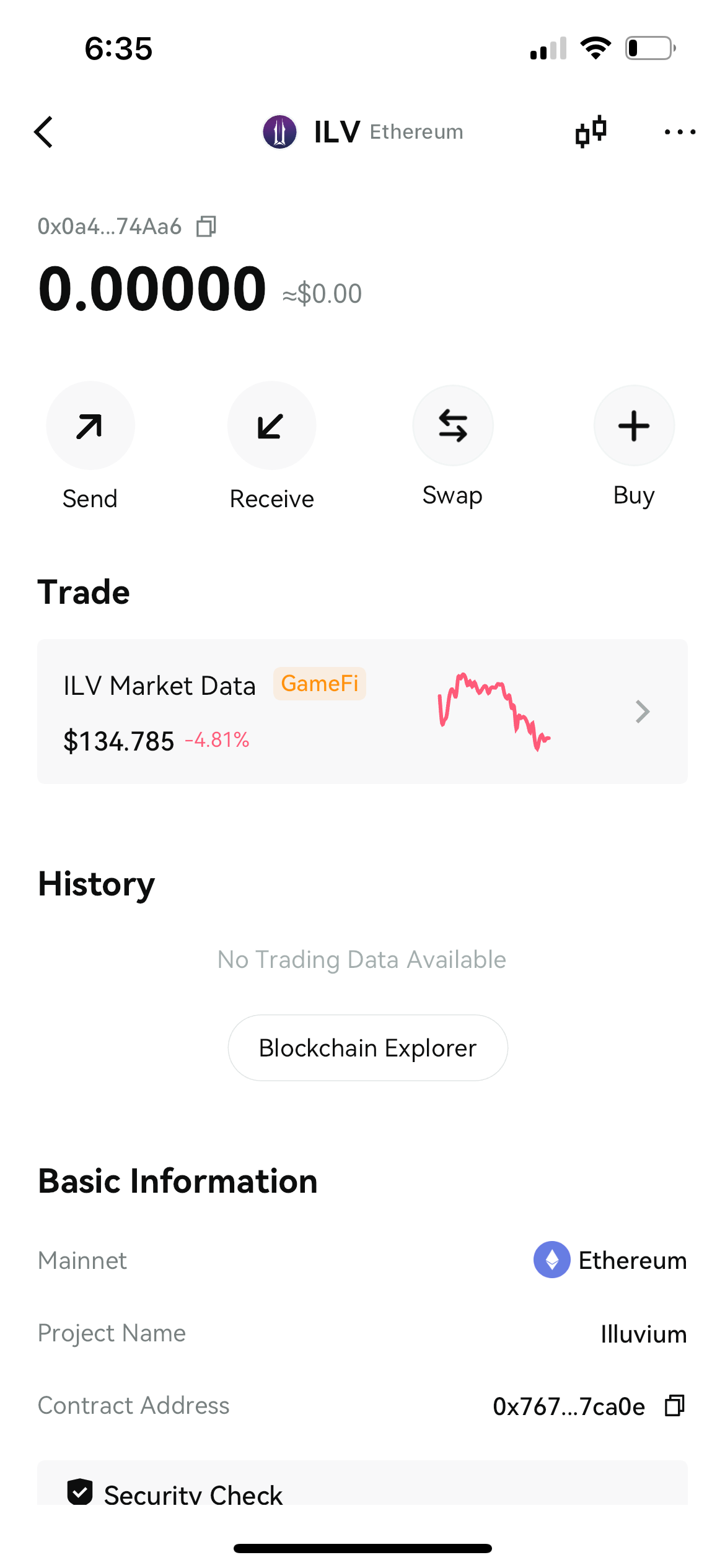
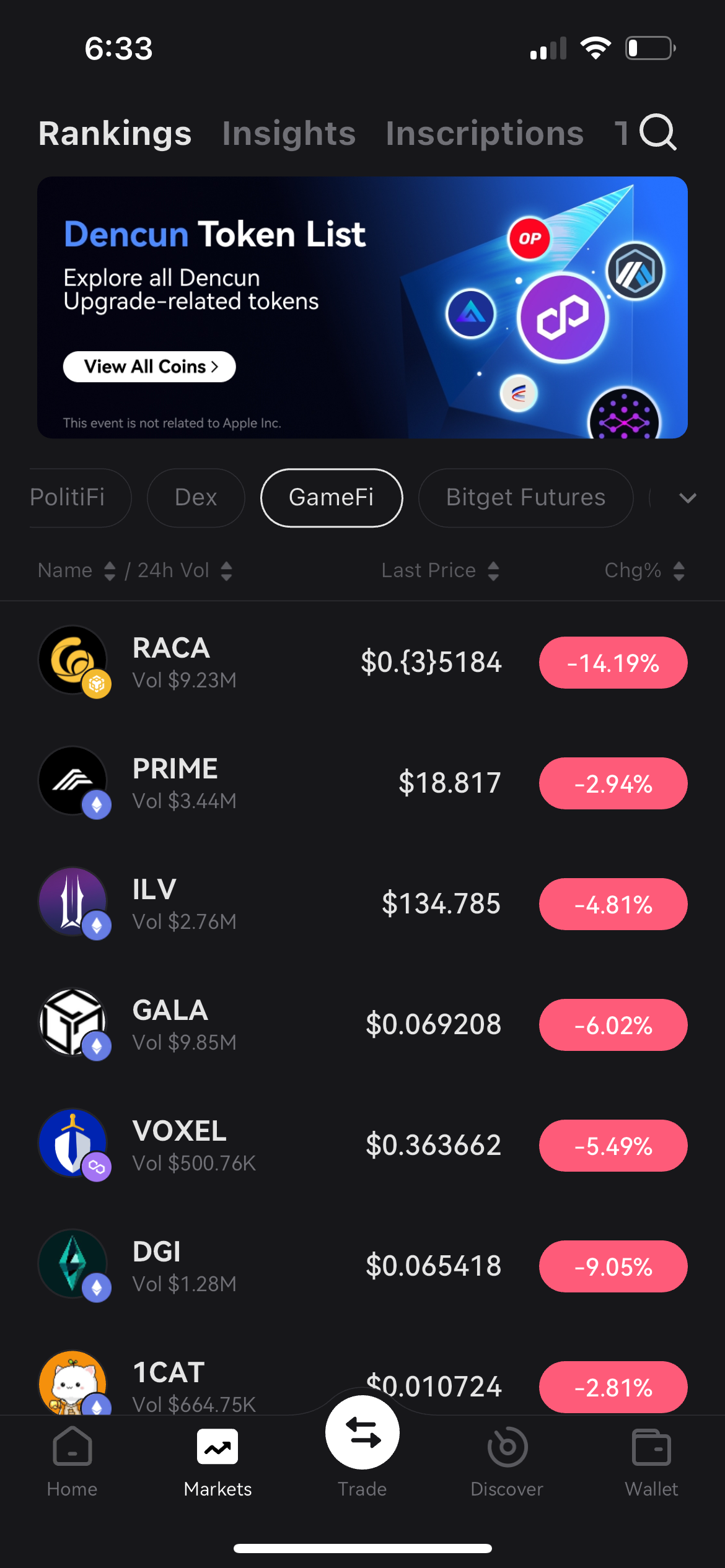
Gaming (GameFi) Token Wallet
Discover Gaming or GameFi Tokens on Bitget Wallet! As demonstrated by recent price surges across various GameFi tokens, it is evident that the fusion of gaming and blockchain is not just a trend but a seismic shift in the way we interact with each other virtually. In fact, the web3 gaming sector's market cap has exceeded $30 billion already. With groundbreaking concepts like Play-to-Earn (P2E), gaming is not just entertainment anymore – it is a chance to earn real rewards while you play.
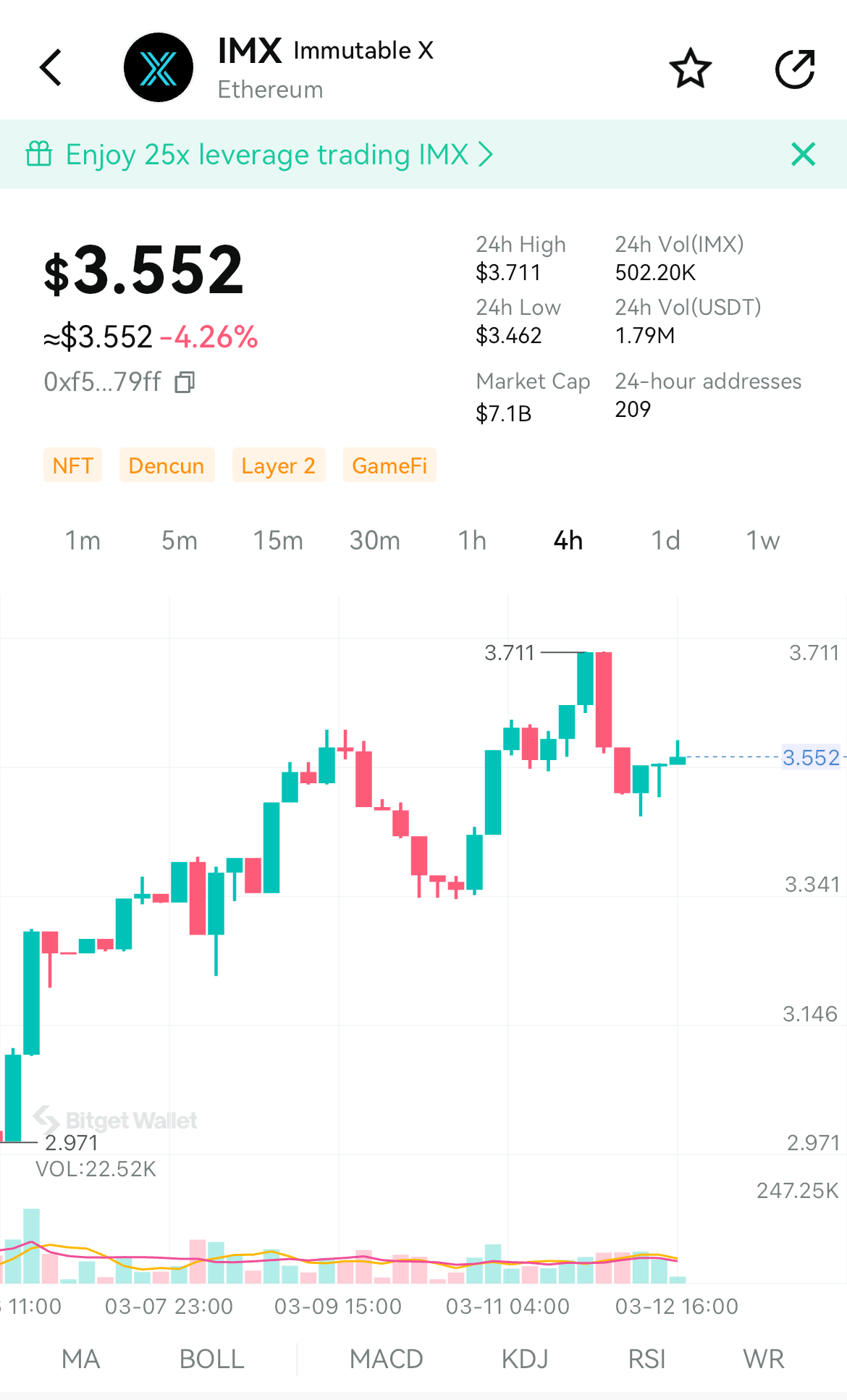
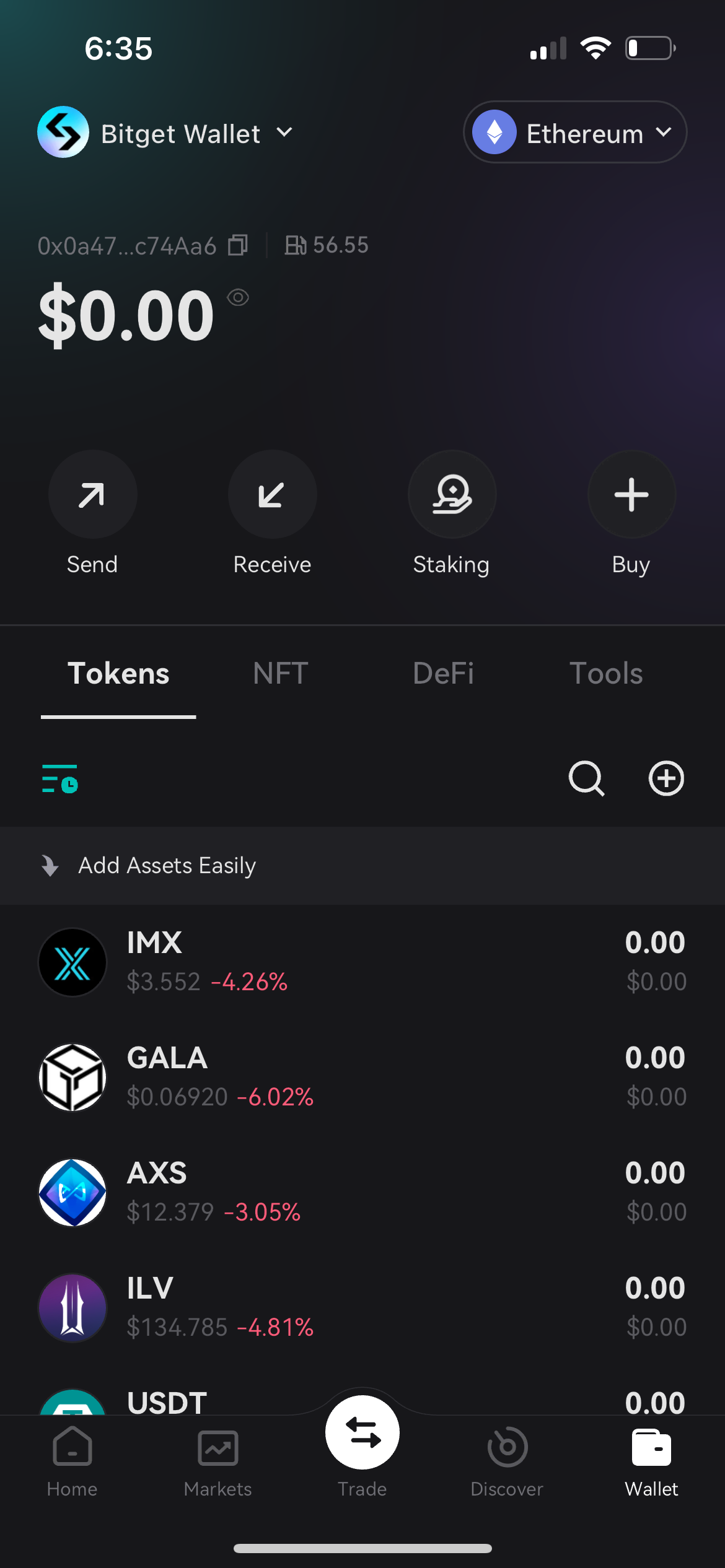
Create or import wallet
- 1. Select "Add Mainnet
- 2. Select “ ETH mainnet”.
- 3. Return to the homepage of Wallet. The Gaming Token mainnet are now showing on the homepage!
You can also use our OTC service to purchase USDT/USDC with fiat currency and exchange them for other cryptocurrencies.
GameFi wallet features
Swap Gaming Token
Bitget Swap has the most inclusive market intelligence of all gaming tokens, including Real-time Quote, Token Price Chart (Daily, Weekly, Monthly, and Yearly Chart), Token Contract, Market Cap, Circulating Supply, Holders, Transaction Histories, and Data Analysis. Bitget Wallet supports cross-chain swap involving gaming tokens across various mainnets, ensuring a seamless and convenient user experience.
Bitget Swap पर जाएं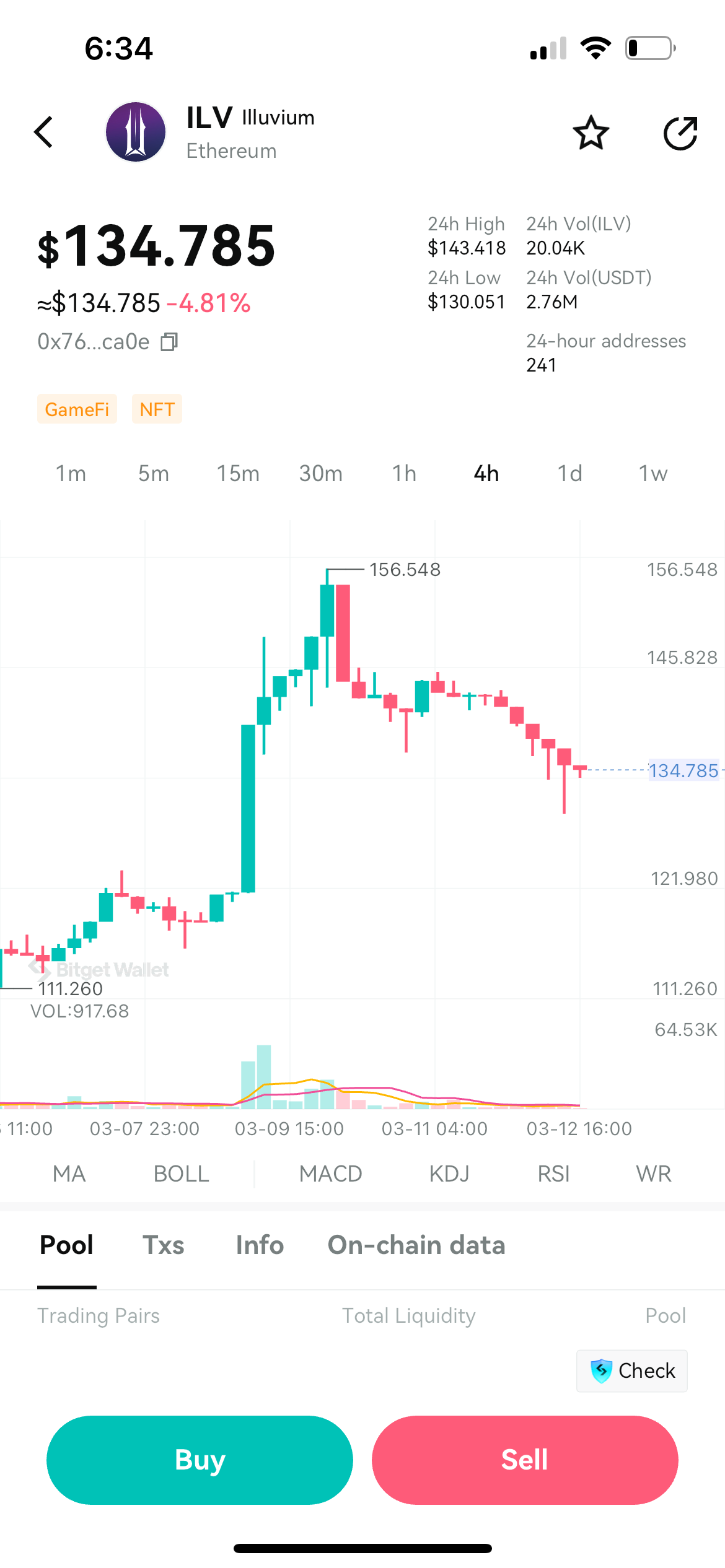
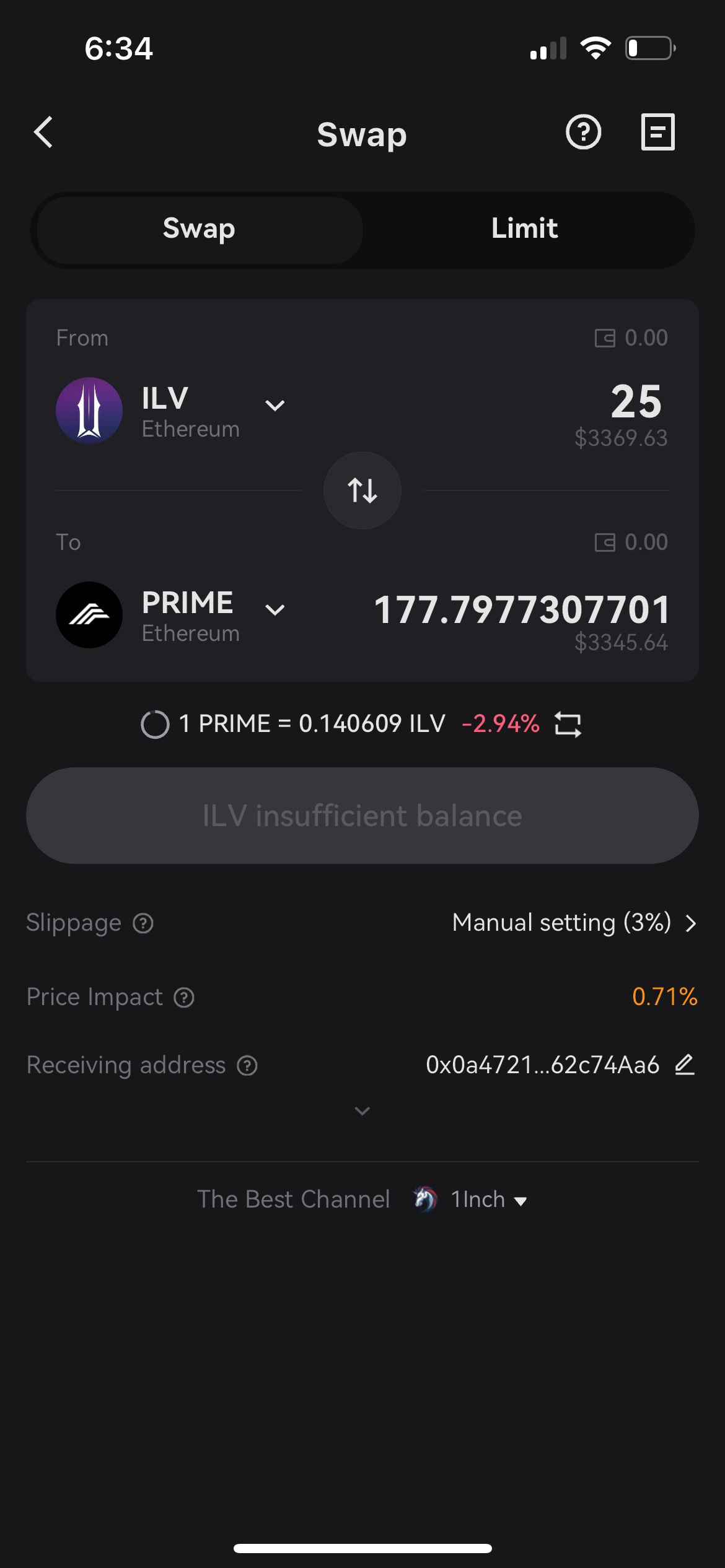
Access GameFi Dapps
Bitget Wallet's Discover page comprehensively supports GameFi DApps on various chains, including Axie Infinity (on Ethereum), Decentraland (on Ethereum), Tiny World (on Binance Smart Chain), and Tap Fantasy (on Solana). All the latest and most popular GameFi and P2E projects are listed in the Bitget Wallet DApp section, so users can effortlessly access the web3 gaming ecosystem through the Discover page.
BitKeep DApp ब्राउज़र पर जाएं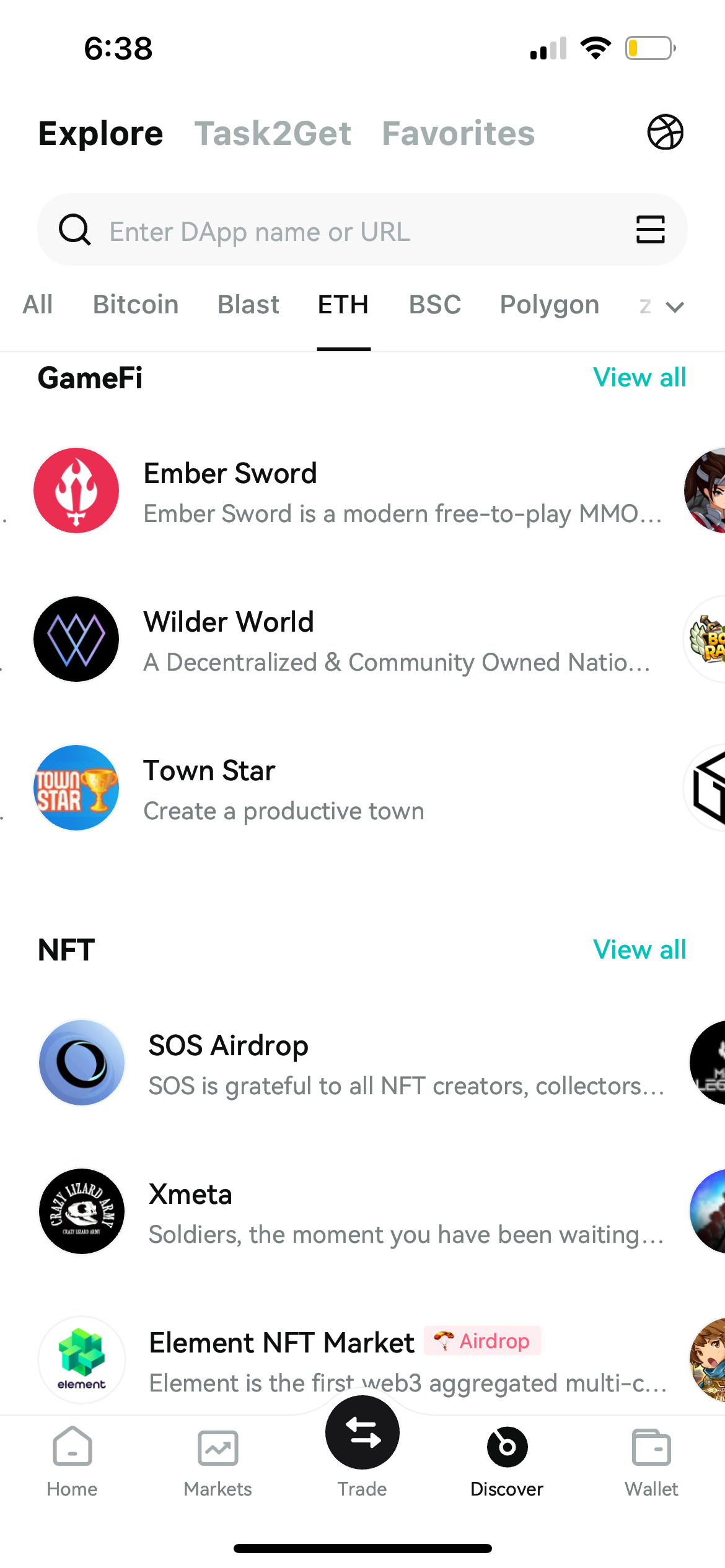
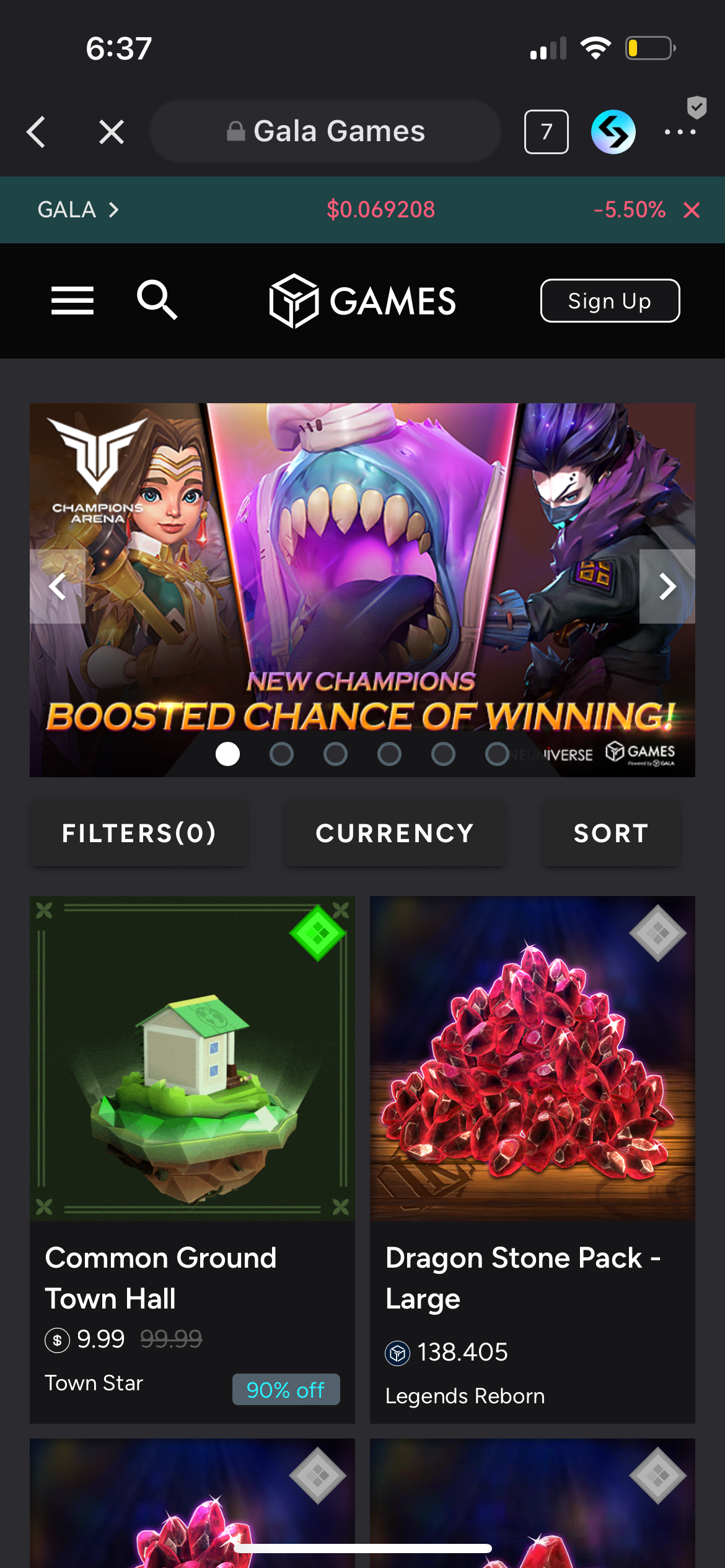
FAQ
How to create a gaming token wallet? 

How to buy gaming tokens? 

What is the best wallet for gaming tokens? 


About Gaming Tokens
How does GameFi work?
Technically, the functioning of GameFi relies on smart contracts, which serve as the underlying infrastructure governing various decentralized gaming processes. These smart contracts are meticulously coded to manage specific actions and functions within the game, ensuring speed, coherence, transparency and fairness. For example, a contract might oversee the minting of an in-game tool, another might regulate and distribute rewards for completing an action, and another might facilitate seamless asset trading within the game's economy. This robust system not only empowers developers to create engaging gaming experiences but also enables players to have fun in a trustless environment where their ownership of digital assets is protected. In terms of GameFi economics, players are usually presented with a multitude of opportunities to interact with digital assets and earn rewards. They can unleash their creativity by crafting unique in-game items, subsequently trading them among players for digital currencies or tokens. This player-driven marketplace not only deepens the sense of ownership and engagement but also provides a platform for game developers to monetize their design skills. Typical GameFi game mechanisms include: 1. Creating and Trading Digital Assets: players can find, mint, exchange, buy, and sell virtual assets to complete in-game quests, generate profits, or expand their collections. 2. Lottery: in some games, players could earn money by participating in lotteries. They need to first purchase lottery tickets that contribute to the prize pool. Then, at predefined intervals, a smart contract would randomly select one or a few winning tickets, with the ticket-holders sharing the accumulated rewards. 3. Staking: some GameFi platforms incorporate Staking mechanisms allow players to lock up their digital assets in exchange for governance rights or passive income.
What is P2E or Play-to-Earn?
Play-to-Earn (P2E) is a gaming model where players earn rewards for their active participation in the game, such as completing quests, building a character, winning battles, finding rare items, or contributing to the game's ecosystem in other ways. Instead of playing for entertainment only, players in P2E games generate real-world value from their gameplay, usually in the form of digital assets or cryptocurrencies. In recent years, web3 P2E games have become popular as they enable gamers to monetize their skill, effort, and time, creating DeFi opportunities within the gaming sector.
What are some popular GameFi projects and tokens?
- Gala (GALA): Gala Games is a sizeable gaming ecosystem that has launched dozens of high-caliber P2E games. It has the potential to become the web3 equivalent of Steam. Another product by Gala, the Galachain, is an ultra-fast Layer 1 blockchain optimized for entertainment and gaming. - Beam (BEAM): Built by Merit Circle, Beam is a gaming blockchain that operates as a subnet of Avalanche. One of its core products is the Beam Hub, a gaming platform that caters to both early access players and competitive players. - Immutable X (IMX): Immutable is a Layer 2 solution with speed, scale, and flexibility built for NFTs on Ethereum. Many famous web3 games, including Gods Unchained and Ember Sword, are built on Immutable. - Axie Infinity (AXS): Axie Infinity is a Pokémon-inspired P2E game built on Ethereum in which users duel with collectible monsters. - Pixels (PIXEL): A social P2E game on the Ronin Network where players engage in exploration, resource gathering, quest completion, and more - Iluvium (ILV): A Ethereum-based game focused on open-world exploration, industrial city builder, and autobattler - Valhalla (FLOKI): Valhalla is an NFT Metaverse game in which players battle each other with in-game characters. - The Sandbox (SAND): Developed by Animoca Brands, The Sandbox is a 2D creative P2E game where players can monetize voxel assets as NFTs. - Decentraland (MANA): Decentraland is a 3D virtual-world P2E game on Ethereum. Players can trade land, wearables, emotes, and names in the Decentraland Marketplace.
Which gaming tokens does Bitget Wallet support?
All of the gaming tokens mentioned so far are supported in Bitget Wallet. Additional tokens include but aren't limited to Yield Guild Games (YGG), Prime (PRIME), Radio Caca (RACA), Voxies (VOXEL), DGI Game (DGI), Bitcoin Cats (1CAT), xPet.tech (XPET), Drunk Robots (METAL), Forgotten Playland (FP), and many more.
How to get gaming tokens airdrop?
Different gaming projects and platforms have different plans for token airdrops, and some may not have one at all. Nevertheless, to qualify for a given GameFi token airdrop, you would typically need to meet certain criteria set by the project itself. These criteria may include factors such as active participation in the game, possessing a certain in-game asset or currency, or completing specific tasks within the game. To increase your likelihood of qualifying for a potential airdrop, it is advisable to actively interact with the game and periodically check up on the project's official X account.
What's the future of web3 games and gaming tokens?
Based on their current trajectory, the future of web3 games should be incredibly exciting and full of possibilities. For example, with new technologies like Virtual Reality (VR) and Augmented Reality (AR), a more seamless intermingling of our virtual and physical worlds might soon become within reach. Models like Play-to-Earn (P2E) will also get incorporated into more games, allowing players to earn tangible rewards for their gameplay and time. Eventually, web3 games might grow to be as mainstream as web2 games, providing players with immersive experiences with true asset ownership, increased security, and tight-knit gamer circles. Of course, in this journey, gaming tokens will play a pivotal role because they facilitate in-game transactions, rewards, and governance while also promoting interoperability across different games and platforms. That said, although the token of your favorite gaming project may sound like a super appealing investment opportunity, it is important to remember that the crypto market is highly volatile and you should always conduct thorough research before committing to a trade.






